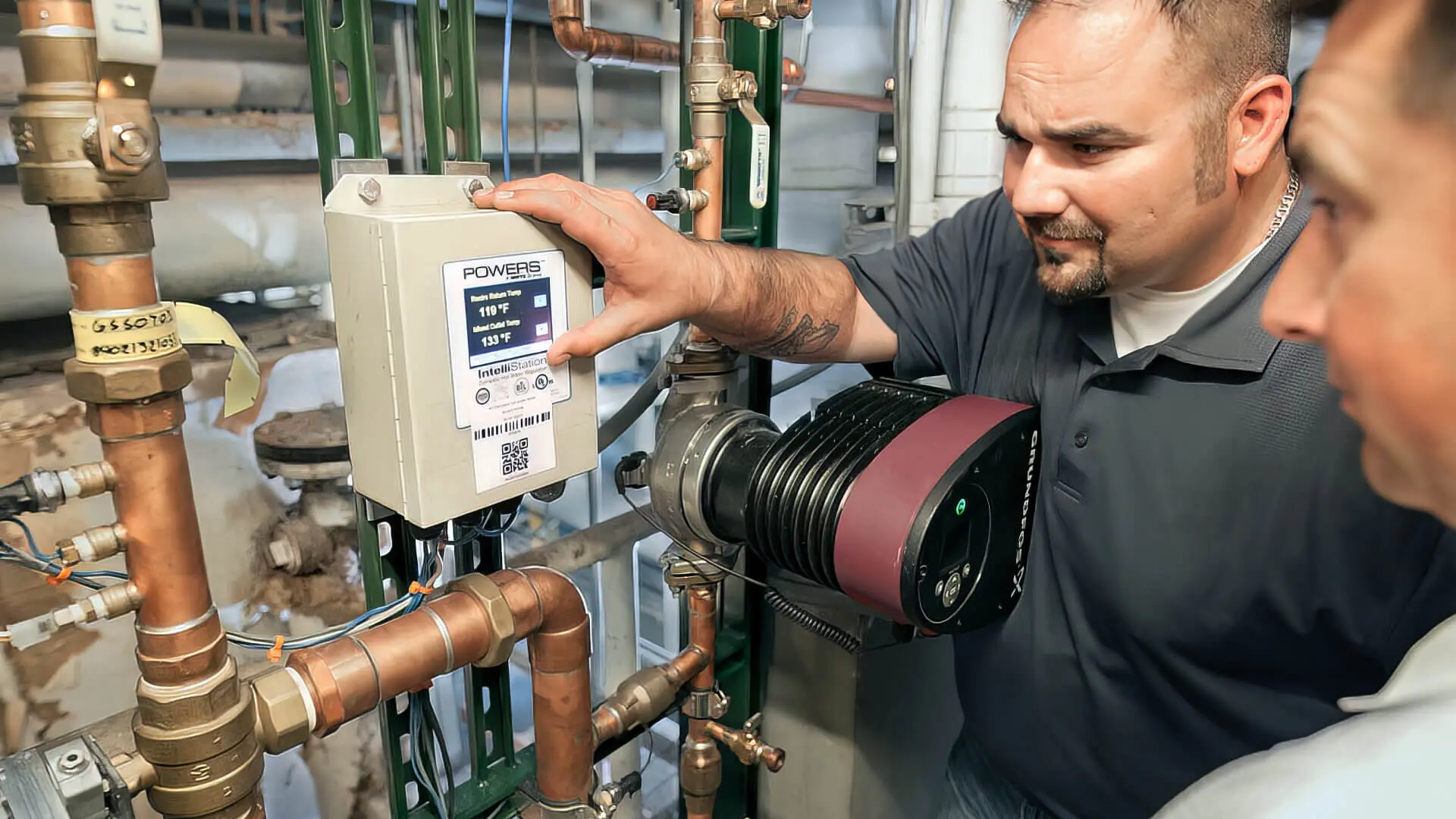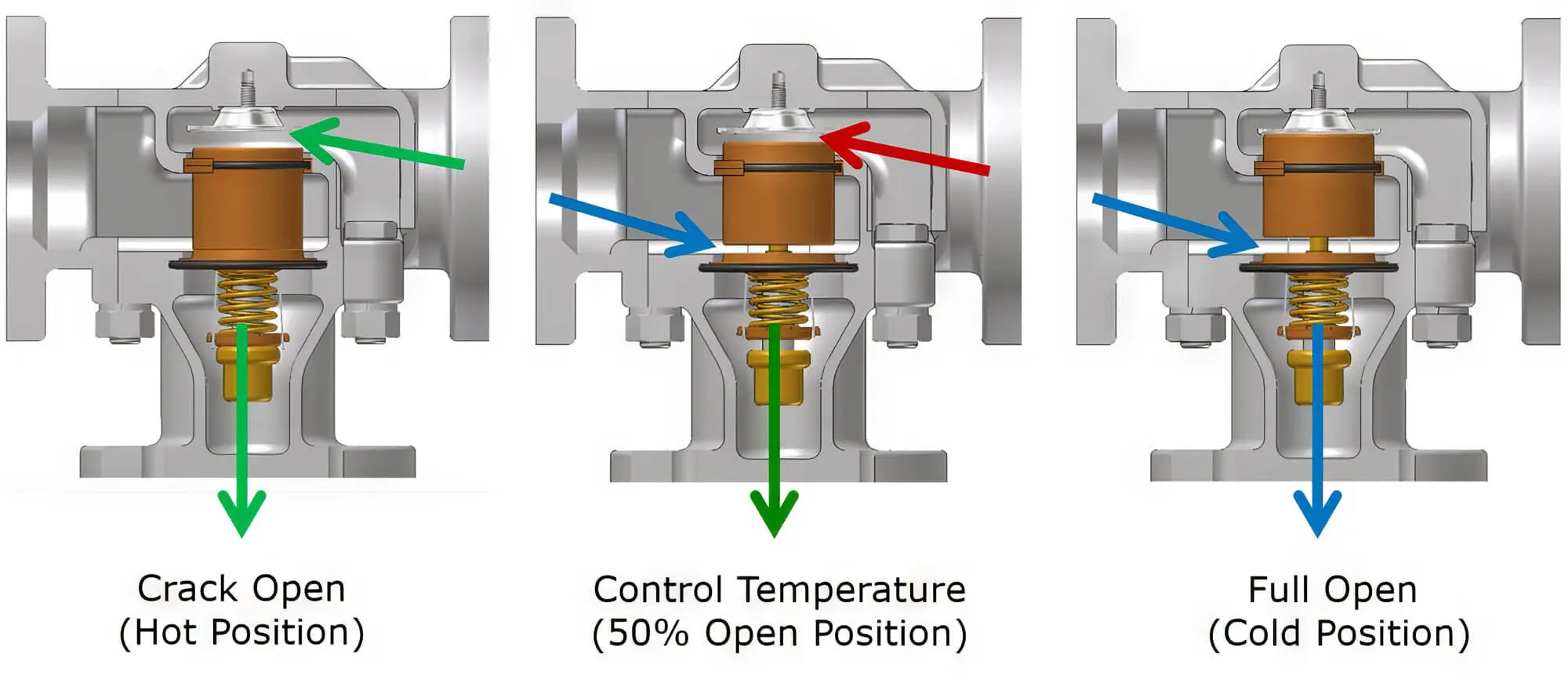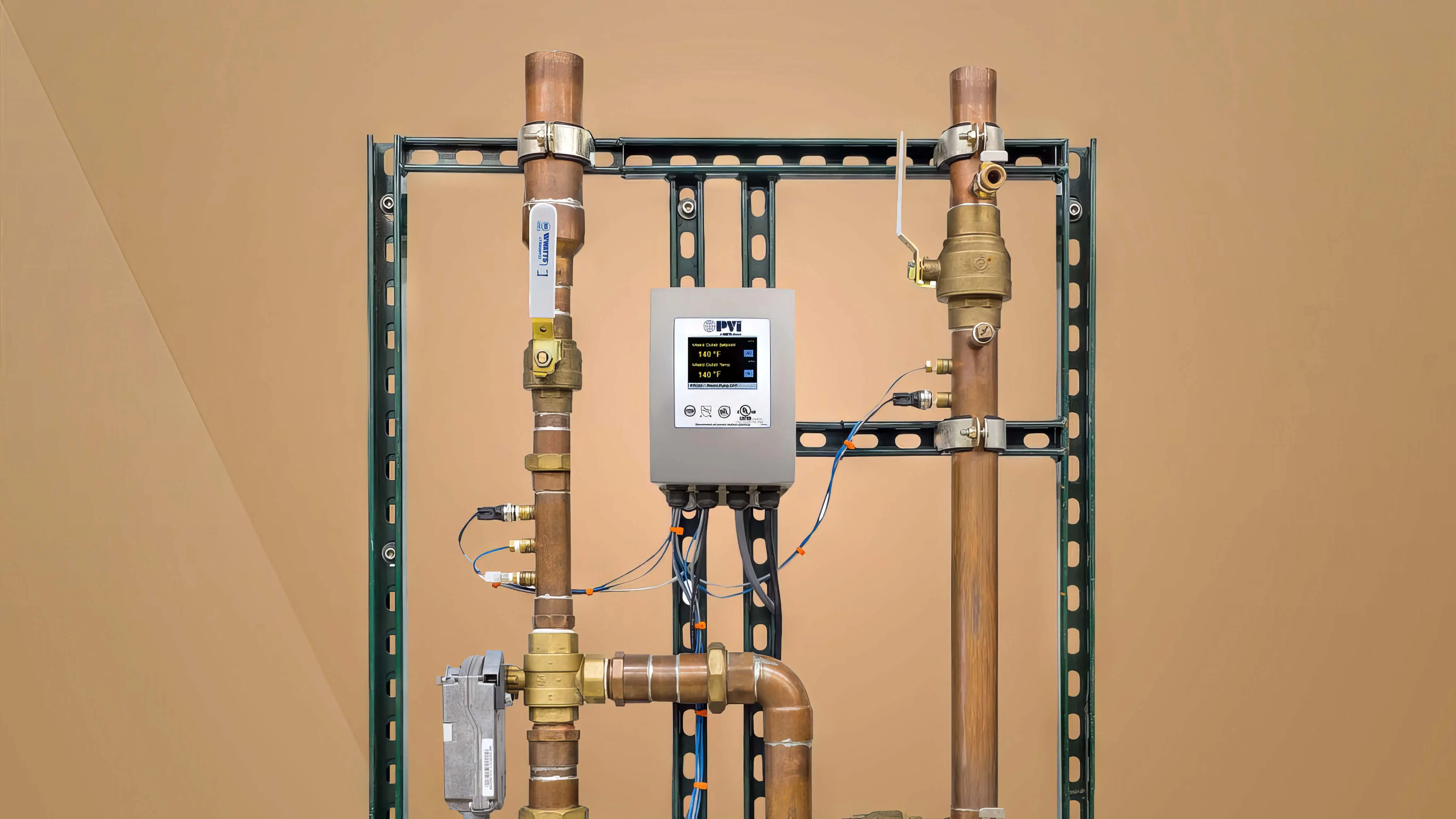Having a hot water system at home is vital for your family’s comfort and well-being, especially as the seasons change.
However, when installing a hot water system, you must consider various factors for a safe and uninterrupted supply. One of these aspects is the installation of a tempering valve.

Many homeowners, especially those who are not as well-versed in water heater systems, may not know what it is. That is why we have discussed all the details regarding tempering valves in this guide.
What Is A Tempering Valve?
A tempering valve is a component that regulates the water temperature in a hot water system and is usually fitted to hot water storage systems such as storage tanks. This allows it to alter the temperature of the stored hot water before it is distributed through the different fixtures in your home.
If you have a continuous flow hot water system, you won’t need a tempering valve. These systems already feature automatic temperature controls, making the valve redundant.
How Does A Tempering Valve Work?
A tempering valve works as a three-way mixing valve. It has two inlet valves—one for cold water from your mains and another for hot water from the storage tank, plus an outlet valve.
It contains a temperature-sensitive element that helps mix hot and cold water to achieve the desired temperature. Once the right temperature is reached, the outlet valve is opened, delivering water throughout your house.

Why Is A Tempering Valve Necessary?
Installing a hot water tempering valve is essential for meeting hot water safety standards outlined by the Plumbing Code Of Australia (PCA). Regular water stored in tanks can promote the growth of legionella bacteria that causes legionnaires disease in humans.
To prevent harmful bacteria, hot water tanks store water at temperatures over 60 degrees Celsius as per safety standards. However, water this hot can cause scalds and burns in seconds.
For personal hygiene purposes, the hot water safety standards dictate the maximum delivery temperature to be 50 degrees Celsius. Installing a tempering valve is the only way to achieve this in a hot water storage system. It does an excellent job of mixing hot water with cold water so that you can receive water at a relatively safe temperature for everyday usage.
What Are The Different Types Of Tempering Valves?
There are four different valve types of tempering valves available today, and the colour of the valve cap present on them can visually distinguish them. Each type has a specific usage scenario, as we have discussed below.
1. Blue Cap Tempering Valve
This is one of the most common tempering valves available today and is suited for electric water heater systems.
2. Orange Cap Tempering Valve
This type of tempering valve is generally used for heat pump water heaters and solar water heating systems.
3. Green Cap Tempering Valve
The green cap tempering valve is another commonly available option, designed to be used with gas-powered water heaters.
4. Black Cap Tempering Valve
This type of tempering valve is typically used for large-capacity systems installed in commercial buildings and big institutions. It is much more expensive than the other valves, making it unsuitable for residential buildings.
Where Is The Tempering Valve Located?
The tempering valve is located externally on the hot water unit. You can easily spot it on the water pipes adjacent to the tank, thanks to its three-way valve and coloured valve cap. It is systematically placed at the junction of the cold and hot water lines, which allows it to mix the water efficiently.
In most cases, the junction is situated close to the water mains, which helps maintain optimal pressure through the valves. This, in turn, allows it to distribute the water supply throughout your household taps and water fixtures without any issues. Hence, a tempering valve plays a crucial role in a large home with an extensive plumbing system.

When Should You Install A Tempering Valve?
According to the Plumbing Code of Australia, you are required to have a hot water system tempering valve installed under the following circumstances:
A. Installing A Brand New Hot Water System
You must install a tempering valve and a new hot water system. This leads to an efficient service call to get it done since the plumbing system can be easily adjusted.
If you can’t install it with your hot water system, you can do it afterwards. However, be advised that the cost and effort required may be higher later in the installation. This is because the plumber will need to make extra adjustments to the plumbing and hot water systems, which can be time-consuming.
In any case, we’d suggest not delaying the installation more than necessary, as it can increase safety risks for you and your family.
B. Getting Replacement Hot Water Systems
This applies when you already have a hot water system but want to replace it with a new one. When replacing the mixing valve on the hot water tank, you must consider certain factors discussed in this scenario.
If you had a hot water heater tempering valve installed in the old system, you could also carry it over to the new system. However, this can be achieved at the best prices if the hot water system replacement unit is the same as the one you had before. For instance, if both the old and new hot water systems are electric, the existing tempering valve can be reinstalled.
You must change the hot water tempering valves if the replacement system differs.
C. Moving A Hot Water System From One Property To Another
When moving your hot water system, it would be best to transfer the tempering valve to a new property. In this case, some adjustments and changes in the system might be necessary to install it properly at the new property.
Tempering Valve Vs. Thermostatic Mixing Valve
Many users may confuse a tempering valve and a thermostatic mixing valve (TMV). After all, both operate similarly and help achieve the set temperature of the water.
However, there are some differences between these two mixing valves that you should know.
First, a TMV can only be fitted by a licenced plumber to install such valves. A TMV is much more complex than a regular tempering valve.
TMVs also respond to temperature changes more quickly and accurately than tempering valves. They are commonly used in institutions such as nursing homes or hospitals that require a fast and efficient hot water delivery system.
TMVs are generally more durable and expensive compared to tempering valves. However, when you consider replacement costs, tempering valves are easier and often preferred for household systems.
Installing A Tempering Valve
If you installed a water heater system a while back and still don’t have a tempering valve, you should install it immediately to avoid any issues.
Ideally, we recommend contacting a professional for the exceptional service provided during installation. But if you are a veteran DIYer with extensive knowledge of plumbing systems, you can attempt it yourself.
We’ll be back with more guides soon, so stay tuned and don’t hesitate to reach out via our email address for any queries!



